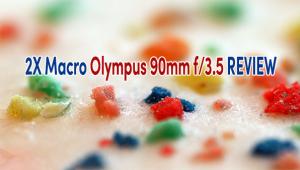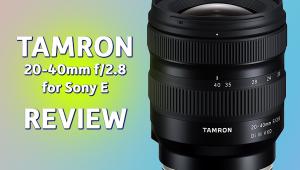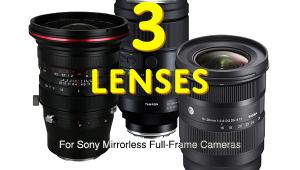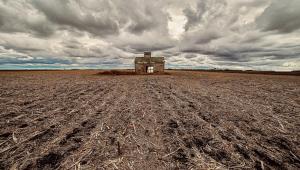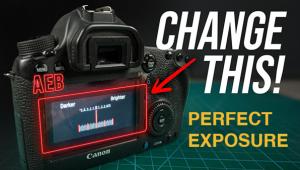Hasselblad XH Converter 0,8 Widens Coverage Angle, Adapts HC/HCD Lenses to X System Cameras: Review

Hands on with a Hasselblad X1D II 50C medium format mirrorless camera, Hasselblad 24mm f/4.8 HCD wideangle lens and the amazing Hasselblad XH Converter 0,8. Here is our review.
We evaluated the Hasselblad XH Converter 0,8 in the field and its performance with the 24mm f/4.8 HCD lens and the 50-megapixel Hasselblad X1D II 50C medium format (33 x 44mm CMOS sensor) mirrorless digital camera. The XH Converter 0,8 is a unique accessory that enables the use of Hasselblad HC/HCD lenses on X System cameras, thereby expanding the optic options for X1D II 50C owners.
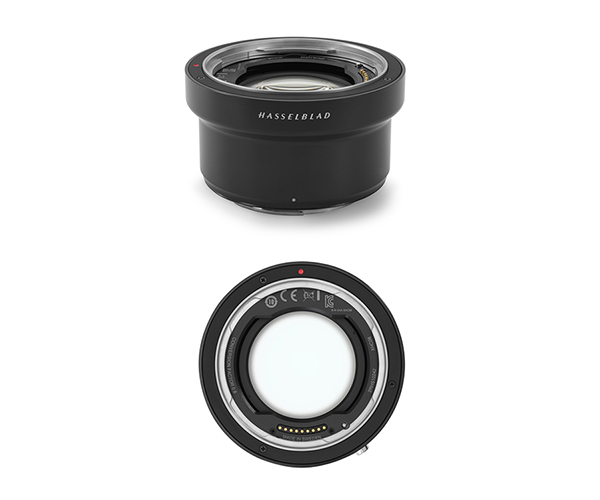 Overview & First Impressions
Overview & First Impressions
This is the review of a lens converter. But along the way we had the enjoyable opportunity to use a Hasselblad X1D II 50C camera and Hasselblad 24mm f/4.8 HCD lens.
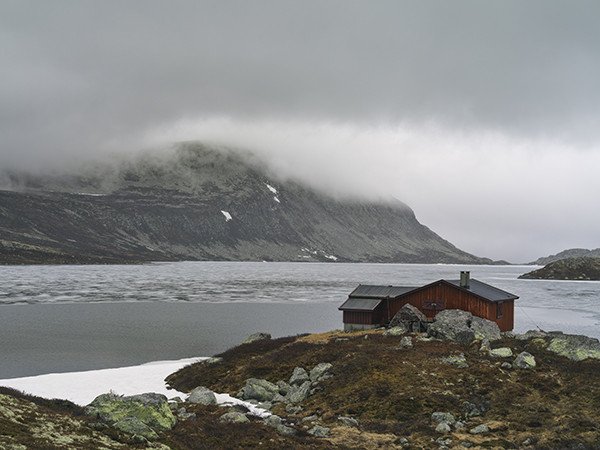
If you grew up using film cameras, you may have been taught that teleconverters double a lens’s focal length, reduce the aperture by two stops and—often—degrade the image at least slightly.
If you did, forget all that. This Hasselblad X System lens accessory does exactly the opposite of all of those things.
The Hasselblad XH Converter 0,8 improves lens performance as it reduces the focal length of the attached lens by a factor of 0.8X. It also increases the maximum (and minimum) aperture by 2/3 of an f/stop.

For example, when used with the HCD 24mm f/4.8 (as we did) the resultant lens equivalent becomes 19.5mm f/3.8 and the Field-of-View shifts to 110° (diagonal), 99° (horizontal) and 83° (vertical). When used with the popular HC 50mm f/3.5 the conversion equates to 40.6mm f/2.8 with FoV of 69°/58°/45°.
The name XH Converter 0,8 may cause you to stumble until you remember that in Europe a comma is often used the way we use a period when expressing decimals (so be careful writing checks in Bulgaria).
The Hasselblad X1D II 50C camera has been around for a couple years now, but if you’d like a refresher of how it differs from the first generation Hasselblad X1D medium format digital camera, here’s a handy chart that Hasselblad provided.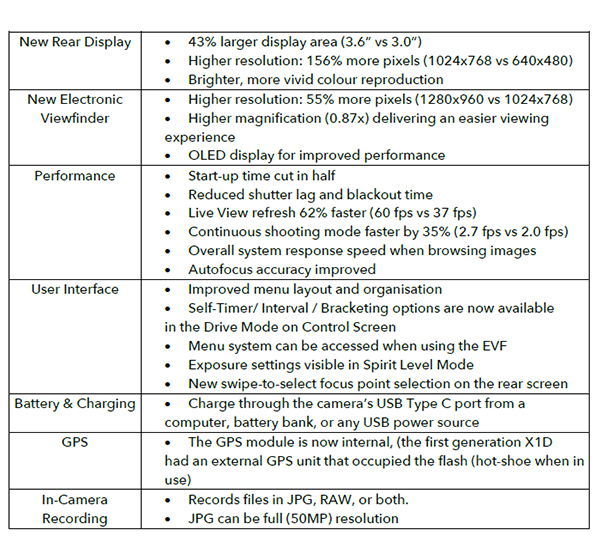 Specifications
Specifications
Focal length conversion factor: 0.79X
Aperture conversion factor: +2/3 Stop
Close focus distance: Same as the Lens
Length x diameter: 2.0 x 3.3 inches (51.5 x 84.6 mm)
Weight: 15.2 ounces (430g)
Product number: CP.HB.00000627.01
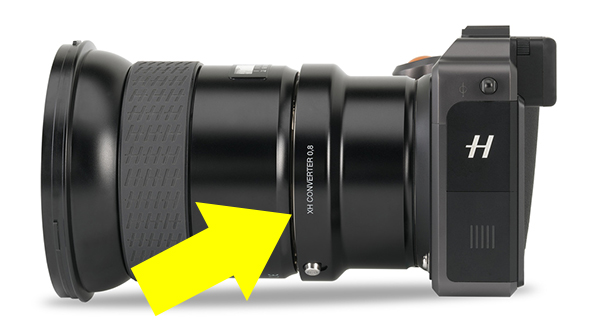
Mechanical Construction
The high quality and precision of Hasselblad products have no analogues in the exterior world. If you’ve ever used a Hasselblad you know exactly what I mean.
We feel almost foolish saying that the fit and finish are exemplary because that’s a bit like saying that the sun is bright and warm.
Despite the relatively small overall size, the unit weighs nearly one pound (15.2 ounces). Because it resides between the lens and camera body, the center of balance is ideal and the weight is not problematic.

Optical Design
The Hasselblad XH Converter 0,8 is a rather simple-looking tube that contains 5 elements in 3 groups. On one end is a lens mount for HC/HCD lenses. The other ends mounts on an X System Hasselblad camera.
Hasselblad cautions that HCD lenses were originally designed for a smaller format sensor than HC lenses; therefore, some reduction of performance in extreme corners can occur. We did encounter some minor shading (vignetting) but nothing that disturbed the image.

Field Performance
We must admit to some initial skepticism. Can a converter improve the quality of a lens? The notion ran contrary to what we’d been taught — that adding lens elements that were not part of the original optical formula results in compromises at best.
But we’re happy to report that that mistaken belief dissipated almost immediately.
To begin with, the Hasselblad 24mm f/4.8 HCD lens is outrageously good. Adding the Hasselblad XH Converter 0,8 increased the wideangle coverage to match that of a 19.5mm lens without diminishing image quality.

Worthy to note that software-based lens corrections for all compatible HC/HCD lenses are applied automatically when an image file is processed in Hasselblad’s proprietary Phocus application. Certain other accessories like extension tubes, Macro Converter or the converter H1,7X can be used successfully at the same time as the XH Converter 0,8. In those instances, however, Phocus applies only the corrections for the lens. Makes sense.

Conclusion
If you own a Hasselblad X System camera and at least one HC/HCD Hasselblad lens, it’s a no brainer.

Price & Availability
The Hasselblad XH Converter 0,8 sells for $949. Order now from Amazon. The Hasselblad X1D II 50C medium format digital camera body sells for $5,750. The Hasselblad 24mm f/4.8 HCD lens we borrowed sells for $7,250.
Admittedly, a package price of $13,949 is decidedly outside the budget of most photographers. On the other hand, those who need these tools know that they are worth any price.
—Jon Sienkiewicz
(As an Amazon Associate, Shutterbug earns from qualifying purchases linked in this story.)
- Log in or register to post comments








